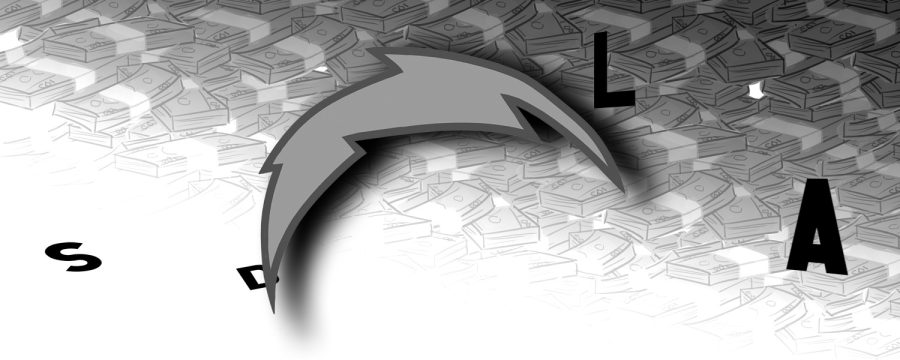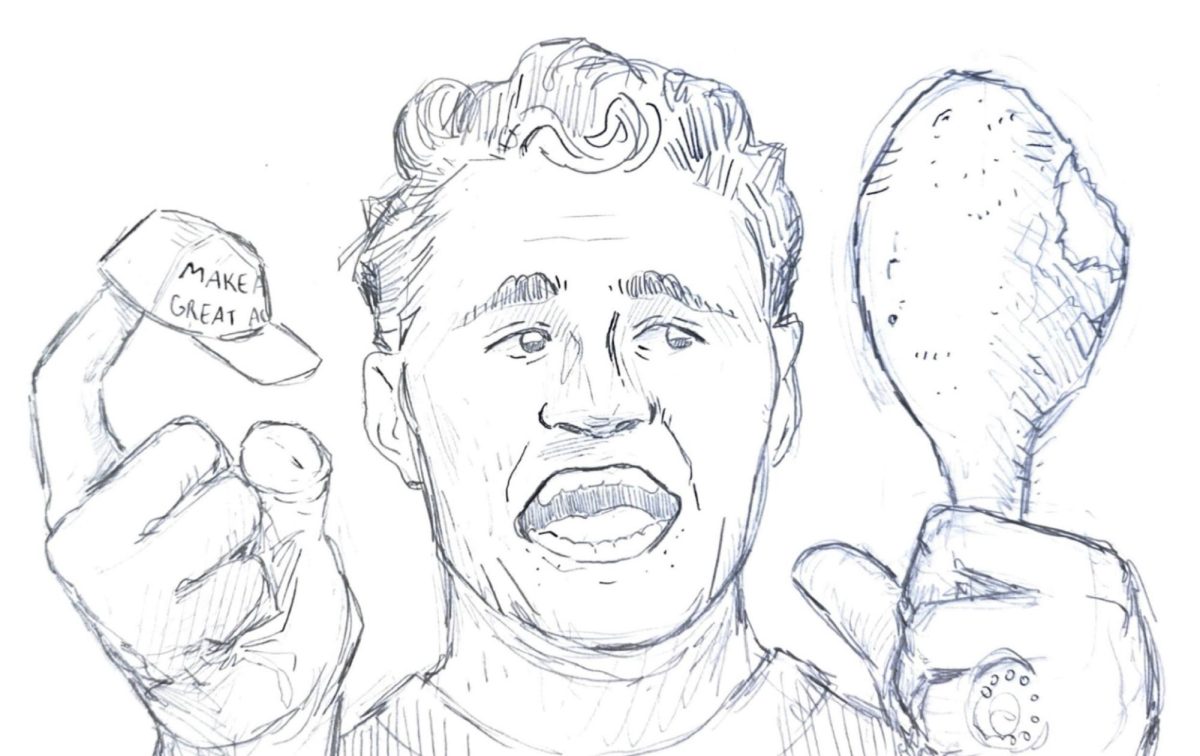Chargers fans were devastated to learn that their beloved football team would no longer be in San Diego as of Jan. 12, 2017. Following the failure of Ballot Measure C which would increase hotel tax rates from 12.5 to 16.5 percent to help fund a new $1.8 billion stadium and convention center, team owner Dean Spanos decided to move his team 120 miles north to join Los Angeles’ other professional sports teams. After 56 years of playing for the city, a lack of support to replace the aging Qualcomm Stadium proved to be the final nail in the San Diego Chargers’ coffin. Economists have warned that the Chargers’ departure would have long term detrimental economic effects to the San Diego community through a loss of jobs, tourism, merchandise and branding, as well as a lack of public morale. Therefore, an argument could be made over whether the move was in San Diego’s best interest.
The Chargers’ request for a new stadium has been a 15-year-long ordeal. Opened in 1967, Qualcomm has been home to all of San Diego’s college and professional teams including the San Diego State Aztecs and San Diego’s professional baseball team, the Padres. However, by NFL standards, the stadium is becoming increasingly obsolete. For the last few years, serious discussions were brought into public dialogue by the media over the Chargers’ potential move if the stadium were not to be replaced. No one in San Diego took these threats seriously and little was done to improve the situation. In April of 2016, the Chargers gathered over 110,000 signatures to put their initiative of raising San Diego hotel taxes to fund the nearly $175 million gap needed to build the new stadium. However, despite vigorous campaigning, voters rejected the measure 57–43 percent.
The announcement of the Chargers’ LA departure was met with confusion, anger and bewilderment. Not only did the citizens of San Diego lose their hometown team, they faced an economic loss as well. According to a study conducted by the University of San Diego, the Chargers’ move will cost San Diego at least $126 million a year in revenue. The study was conducted to analyze the annual impacts of Ballot Measure C and cited that the Chargers generate over $126 million annually including non-player team salaries, city spending relating to Qualcomm and spending by visiting media and NFL officials. This number does not include the significant expenditures spent by visiting fans in San Diego hotels, restaurants and shops. The move will also cause a loss of at least 1,600 jobs — 1,400 of which are directly related to team activities and 200 which are indirectly related to the team. With an impact on labor income estimated at $67 million, the move could be detrimental to many San Diegans. The study also does not account for the hundreds of San Diego sports memorabilia shops which are experiencing a significant loss in revenue due to the inability to sell Chargers hats, jerseys and t-shirts. For the shop owners who already spent thousands of dollars on items branded with the San Diego Chargers logos, their goods effectively became worth less to nothing when Spanos released his decision on the 12th.
Despite the initial public outrage over the move, not every San Diegan was upset with the proposed move. Many of those living and working in downtown San Diego where the Chargers’ new stadium was proposed to be built are happy that the initiative failed. Artists in Barrio Logan were worried that a new downtown stadium would change the landscape of their neighborhood that would increase property values and ultimately force them and other lower income families out of their homes. The other concern is that Barrio Logan, which has become an epicenter for San Diego artists, would change. With higher property values, the beautiful and intricate murals up on the city walls would likely be destroyed through neighborhood development. The question in their minds was if a new stadium for football was worth the destruction of their homes and prized works.
It’s understandable to say that the Spanos family’s decision to leave San Diego was not an easy one to make. Leaving behind a city so rich in culture, loyalty and pride is hard to do. For 56 years, San Diego stood behind the Chargers, and through wins and a lot of losses, the team was still a city treasure. When the Chargers move to Los Angeles, they will join a laundry list of professional sports teams including the newly minted LA Rams. Sharing a stadium with LA’s soccer team, the Galaxy, and met by LA fans who frankly don’t want the Chargers, one can wonder if the move was actually worth all the trouble. It’s an impossible situation where not just one person bears the blame. Dean Spanos and his family tried for many years to keep the Chargers in San Diego, but an inability of funds and a lack of public support became an issue they just couldn’t ignore for any longer. While San Diegans are now in outrage over the move, they did not come out in the numbers needed on voting day. As harsh as it may be, San Diego only has itself to blame for the loss of the city’s treasure.








